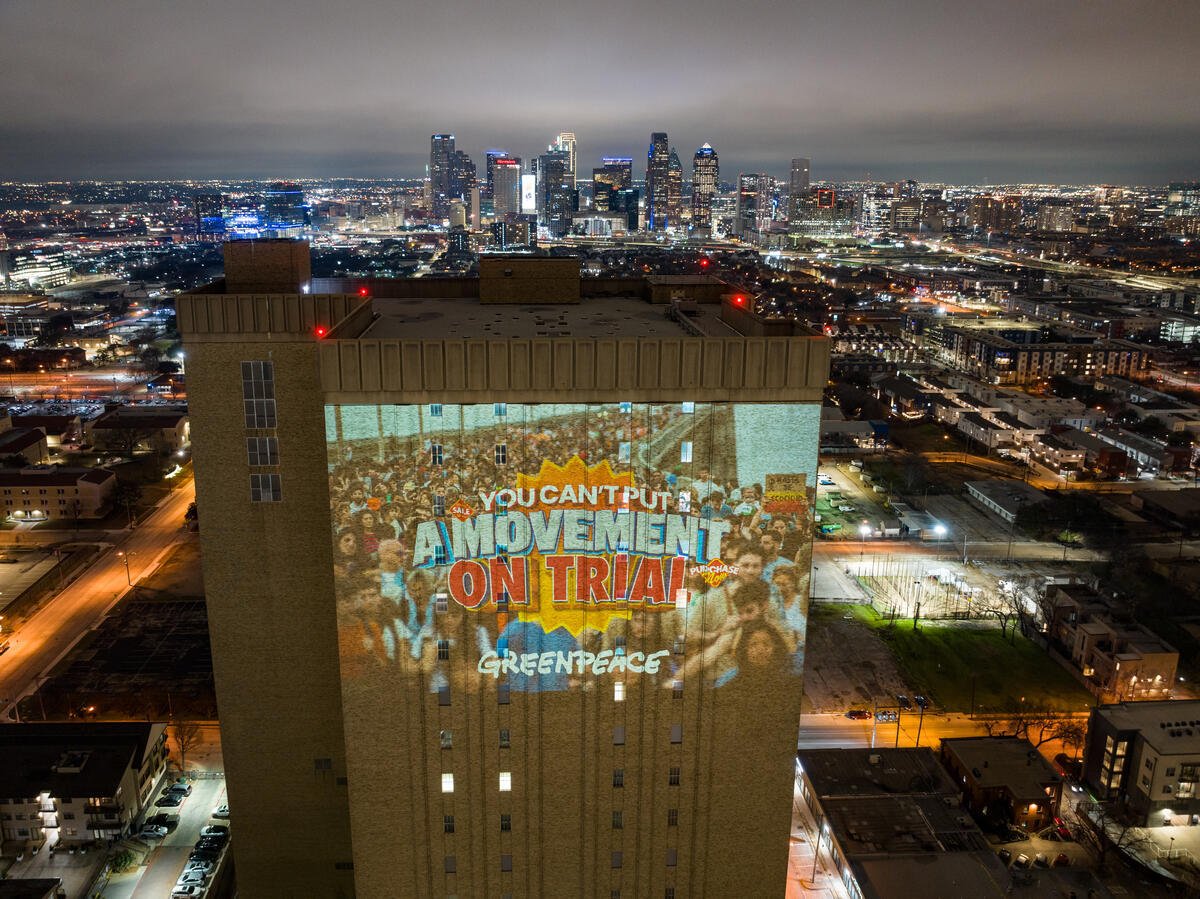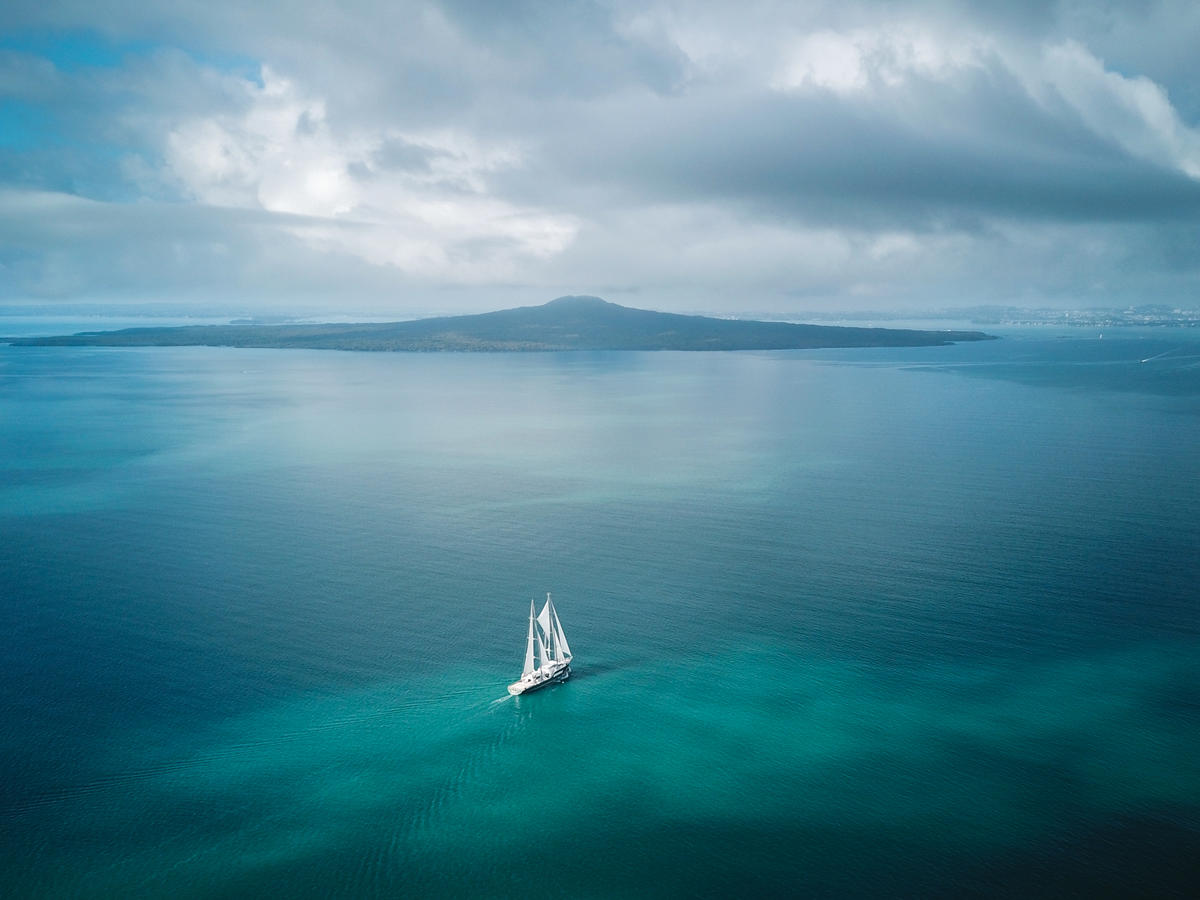Understanding The Legal Challenges And Impact Of Greenpeace Activism
Greenpeace, recognized globally as a leading environmental advocacy group, has encountered a variety of legal disputes throughout its history. These cases, often referred to as Greenpeace trials, have significantly influenced the organization's strategies for activism and advocacy. Greenpeace's dedication to safeguarding the planet and raising awareness about critical environmental issues has frequently placed it in conflict with governments and corporations, resulting in high-profile legal confrontations.
Through actions such as protesting against whaling and opposing oil drilling in the Arctic, Greenpeace's activism has sparked significant discussions and controversies. While some perceive these actions as essential for environmental protection, others criticize them as disruptive or even unlawful. Gaining a deeper understanding of the context surrounding these Greenpeace trials is crucial for anyone interested in environmental advocacy and the legal implications of activism.
In this article, we will explore the complexities surrounding Greenpeace trials, examining the organization's history, the legal challenges it encounters, and the broader ramifications of these trials for environmental activism. Whether you're an activist, a legal professional, or simply someone interested in the intersection of law and environmentalism, this article aims to offer a comprehensive overview of the topic.
Read also:Discover The Transformative Experience At Mount St Marys University
Table of Contents
- History of Greenpeace and Its Activism
- Legal Challenges Faced by Greenpeace
- Notable Greenpeace Trials
- The Impact of Greenpeace Trials
- Laws Governing Environmental Activism
- Corporate Responses to Greenpeace Actions
- Public Opinion on Greenpeace Trials
- A Global Perspective on Environmental Advocacy
- The Future of Greenpeace and Legal Activism
- Conclusion and Call to Action
The Evolution of Greenpeace and Its Activism
Established in 1971, Greenpeace has grown into a worldwide movement present in over 55 countries. The organization began as a small group of activists in Vancouver, Canada, who aimed to halt nuclear testing in Alaska. Since then, Greenpeace has expanded its focus to encompass a wide array of environmental issues, including climate change, deforestation, and marine conservation.
Greenpeace's activism often involves direct action, such as protests at sea, organizing demonstrations, and conducting research to uncover environmental violations. These efforts have resulted in both notable successes and legal challenges, as the organization frequently finds itself in conflict with powerful entities. Greenpeace's ability to adapt and persevere has been a defining characteristic of its journey.
Key Milestones in Greenpeace's History
- 1975: Greenpeace initiates its first anti-whaling campaign, garnering significant international attention.
- 1985: The French government is implicated in the bombing of the Greenpeace vessel Rainbow Warrior in Auckland, New Zealand, an event that shocked the world.
- 2013: The Arctic 30 incident, in which Greenpeace activists are detained by Russian authorities, becomes a global news story.
Navigating Legal Challenges as an Activist Organization
Greenpeace's commitment to direct action has led to numerous legal disputes. Governments and corporations often accuse the organization of trespassing, vandalism, and other forms of unlawful behavior. These accusations can result in lawsuits, arrests, and even imprisonment for activists.
Despite these challenges, Greenpeace maintains that its actions are justified by the urgency of the environmental crises facing the planet. The organization argues that legal systems must evolve to address the scale and severity of environmental threats, emphasizing the need for a balance between activism and legal compliance.
Types of Legal Challenges
- Civil lawsuits initiated by corporations alleging damage to property or reputation.
- Criminal charges brought by governments for acts of protest deemed unlawful.
- International legal disputes arising from cross-border activism, complicating the legal landscape for environmental advocates.
Examining Notable Greenpeace Trials
Several Greenpeace trials have captured international attention, shedding light on the organization's efforts to balance activism with legal compliance. These trials not only shape Greenpeace's public image but also influence the broader landscape of environmental advocacy, offering valuable insights into the challenges faced by activists worldwide.
The Arctic 30 Case
In 2013, 28 Greenpeace activists and two freelance journalists were arrested by Russian authorities after attempting to protest against oil drilling in the Arctic. The Arctic 30 case drew widespread condemnation from human rights organizations and environmental groups globally, highlighting the risks associated with environmental activism in certain regions.
Read also:A Young Survivors Battle Against Nature And A Rare Fungal Infection
Rainbow Warrior Bombing
In 1985, the French government orchestrated the bombing of the Greenpeace ship Rainbow Warrior in Auckland, New Zealand. This incident, which resulted in the death of photographer Fernando Pereira, remains one of the most infamous attacks on environmental activism in history, underscoring the dangers faced by those advocating for environmental protection.
The Broader Impact of Greenpeace Trials
Greenpeace trials have far-reaching implications for both the organization and the broader environmental movement. These legal battles often bring attention to critical issues such as climate change and biodiversity loss while simultaneously highlighting the challenges faced by activists striving for systemic change.
From a legal perspective, these trials test the boundaries of free speech and the right to protest. They also raise important questions about the role of corporations in shaping environmental policy and the extent to which governments prioritize economic interests over ecological concerns, prompting discussions on the balance between development and sustainability.
The Legal Framework Governing Environmental Activism
The legal framework governing environmental activism varies significantly across different countries. In some jurisdictions, activists enjoy strong protections for free speech and assembly, while in others, laws are more restrictive. Understanding these variations is essential for evaluating the legality of Greenpeace's actions and the broader implications for environmental advocacy.
International treaties, such as the United Nations Declaration on Human Rights Defenders, provide a foundation for protecting activists worldwide. However, the enforcement of these treaties remains inconsistent, leaving many activists vulnerable to persecution and legal challenges, underscoring the need for stronger global protections.
Corporate Reactions to Greenpeace Actions
Corporations often respond to Greenpeace actions with a combination of legal measures and public relations strategies. Some companies seek to discredit the organization through lawsuits, while others engage in dialogue to address environmental concerns, recognizing the potential benefits of collaboration.
Greenpeace's campaigns have prompted significant changes in corporate behavior, with many companies adopting more sustainable practices in response to public pressure. However, the organization continues to face resistance from industries reliant on fossil fuels and other environmentally harmful practices, highlighting the ongoing struggle for systemic change.
Public Perception of Greenpeace Trials
Public opinion on Greenpeace trials is divided, reflecting broader societal debates about the role of activism in addressing environmental issues. Supporters view Greenpeace as a courageous defender of the planet, willing to take bold action to protect ecosystems and wildlife. Critics, on the other hand, argue that the organization's methods are extreme and counterproductive, emphasizing the need for balanced approaches to environmental advocacy.
Surveys and studies indicate that younger generations are more likely to support Greenpeace's activism, highlighting the growing awareness of environmental issues among younger demographics and the potential for future engagement in environmental advocacy efforts.
A Global View on Environmental Advocacy
Greenpeace's trials reflect broader global trends in environmental advocacy. As climate change and biodiversity loss accelerate, activists worldwide are increasingly turning to direct action to demand change. These efforts often face resistance from powerful interests, leading to legal battles that mirror Greenpeace's experiences, underscoring the need for global cooperation and legal reform.
Learning from Greenpeace's successes and challenges can inform the strategies of other organizations working to protect the environment. By studying these trials, activists can better navigate the complex legal and political landscape of environmental advocacy, fostering more effective and sustainable approaches to change.
The Future of Greenpeace and Legal Activism
As environmental issues continue to dominate the global agenda, the role of organizations like Greenpeace becomes increasingly vital. The future of Greenpeace trials will depend on evolving legal frameworks, shifting public opinion, and the organization's ability to adapt to new challenges, emphasizing the importance of innovation and collaboration in environmental advocacy.
Innovative approaches, such as leveraging technology and fostering international cooperation, may help Greenpeace navigate the legal landscape more effectively. By building alliances and engaging in dialogue, the organization can continue to push for meaningful change while minimizing legal risks, ensuring a sustainable future for generations to come.
Conclusion and Call to Action
Greenpeace trials represent a critical intersection of law, activism, and environmental advocacy. Through its unwavering commitment to protecting the planet, Greenpeace has sparked important discussions about the role of activism in addressing global challenges. While these trials have tested the organization's resilience, they have also strengthened its resolve to fight for a sustainable future, emphasizing the importance of continued support and engagement.
We encourage readers to engage with Greenpeace's mission by supporting their campaigns, participating in advocacy efforts, and staying informed about environmental issues. Together, we can create a world where activism is not only accepted but celebrated as a vital force for change.
Share this article with others who care about the environment, and consider exploring additional resources to deepen your understanding of Greenpeace and its impact. Together, we can make a difference!
For further reading, consult reputable sources such as the Greenpeace website and academic publications on environmental law and activism.


